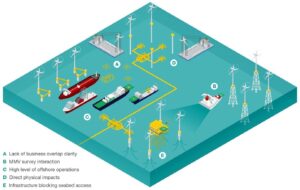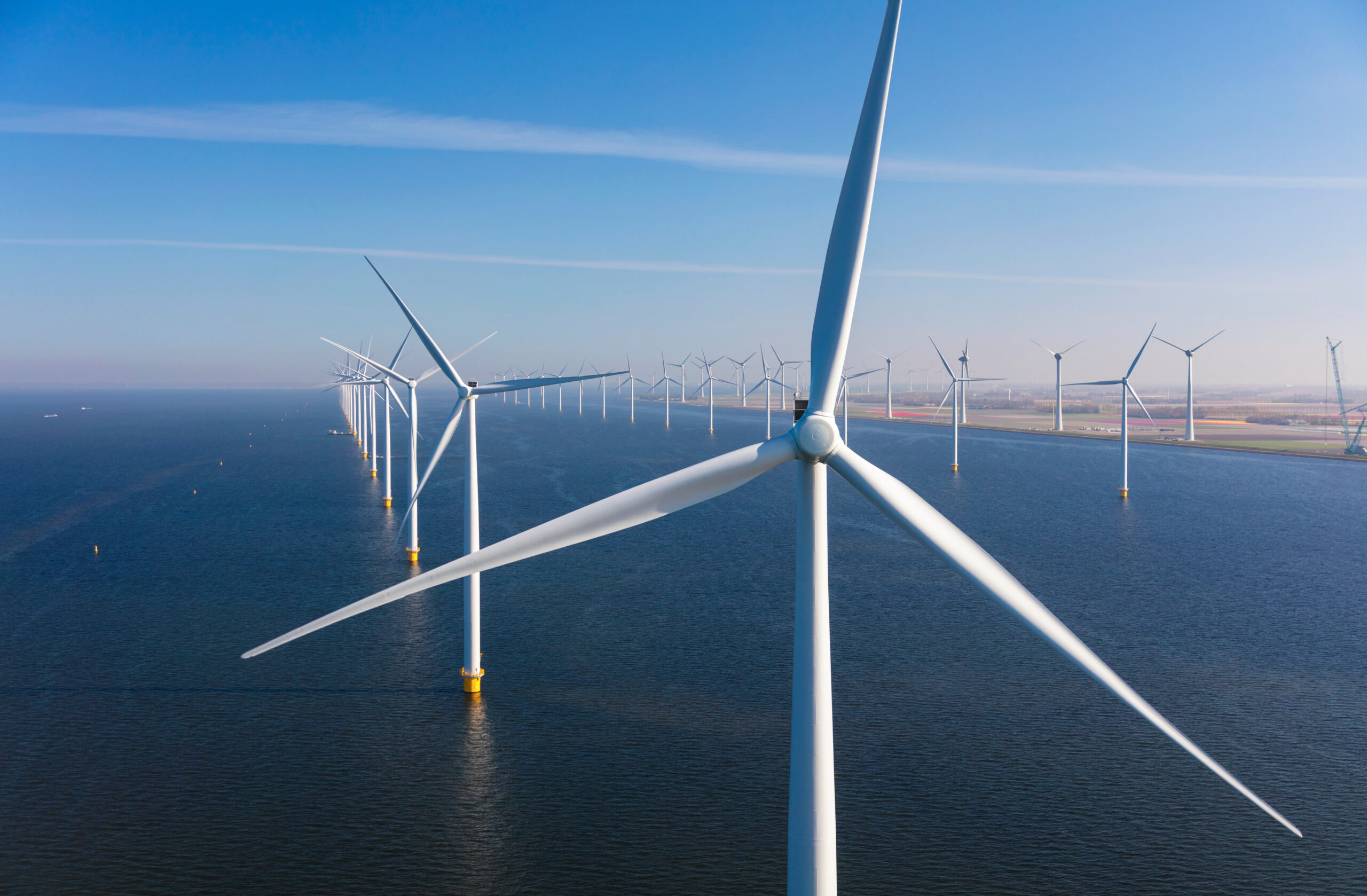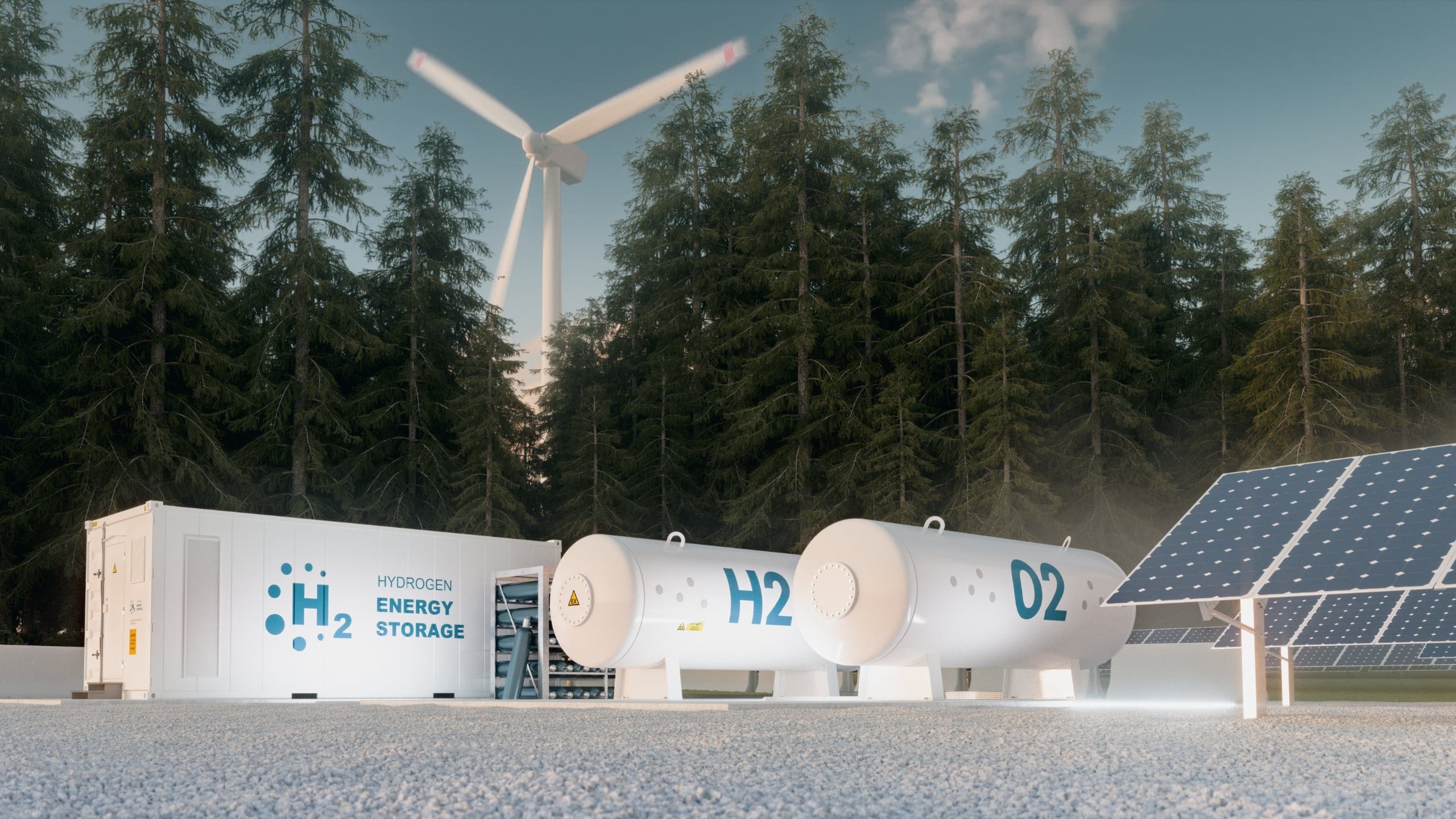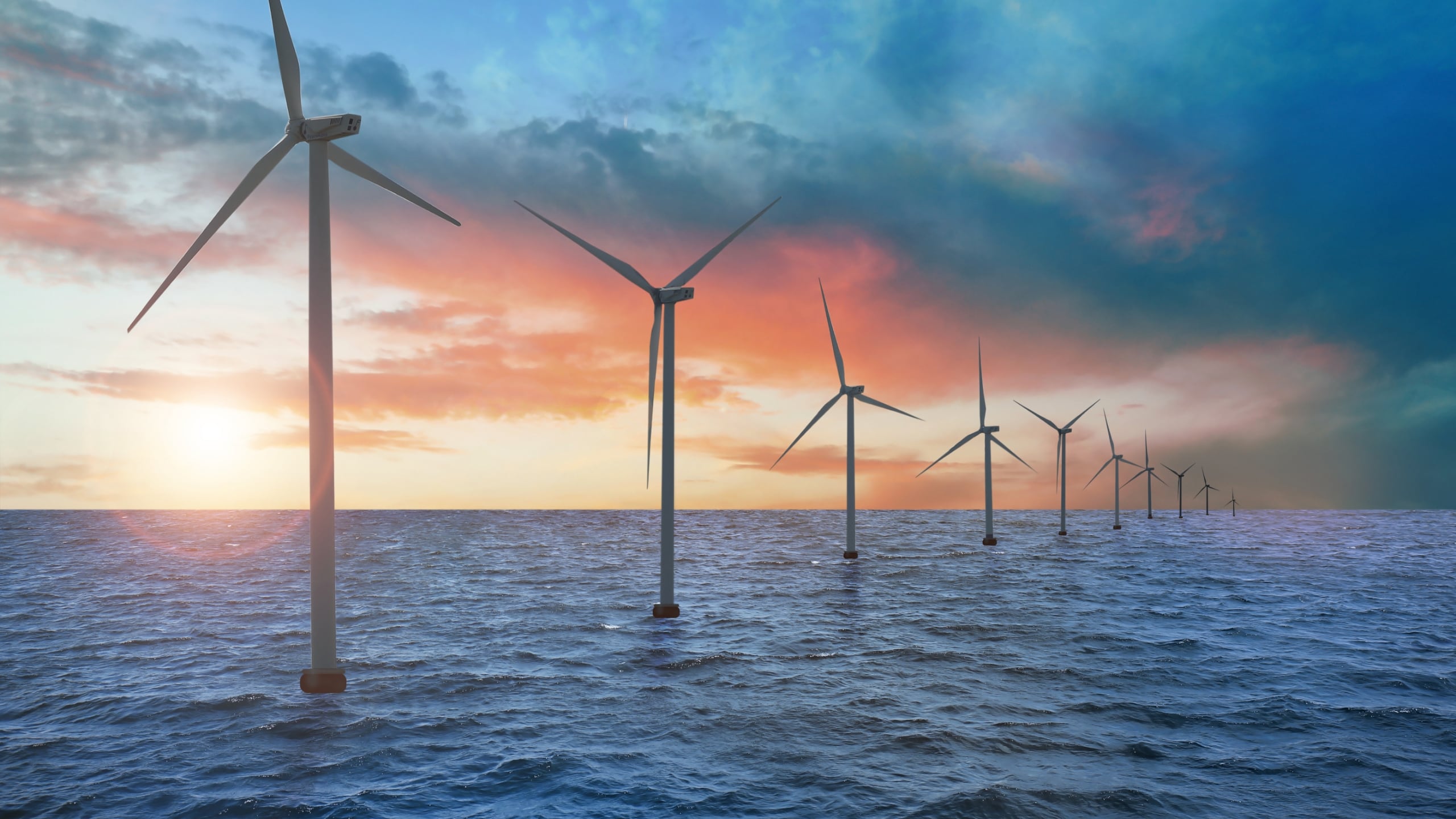Unlocking co-location opportunities for CCUS and offshore wind
Project Summary
Industry context/Challenge:
As the UK looks to expand Offshore Wind and CCUS opportunities to meet net zero targets it is anticipated there will be a number of areas that will require infrastructure in the same location. While CCUS storage locations will generally be located between 1,000 and 2,500 metres below the seabed, they will require surface infrastructure to transport, distribute and inject the CO2 and will require surface activities to measure, monitor and verify the security of CO2 injection and storage as well as access to wells for drilling activities.
The requirements of any overlap of these two types of infrastructure projects at seabed surface level is a key issue that will affect how projects utilising the same area can develop with the maximum amount of co-location.
Offshore Renewable Energy Catapult (ORE Catapult) in partnership with Net Zero Technology Centre have carried out a comprehensive and unbiased study to examine the additional risks that may result from overlapping of Offshore Wind and CCUS projects and how these risks may be managed. The study is part of the Energy Transition Alliance (ETA), formed by The Net Zero Technology Centre (NZTC) and the Offshore Renewable Energy (ORE) Catapult, to drive a focused, funded programme to develop advanced technologies.
Project overview:
The study consulted a range of organisations and utilised a technical risk assessment process to identify and quantify the potential risks and mitigations associated with developing overlapping CCUS and Offshore Wind projects. The study sought to identify potential risks and opportunities for co-location of generic CCUS and Offshore Wind projects and therefore did not consider issues associated with any specific projects.
The primary objectives for this study were to:
- Identify the material issues that could impact either CCUS or Offshore Wind projects where there is an overlap, with a description of how each one is expected to impact the affected party through their project lifecycle.
- Provide a high-level risk assessment of the causes of the impact and what existing, new or future technology or process improvements would mitigate or remove the impact on the affected party and what the implications might be for the originator.
- Prioritise the issues in terms of level of impact, identifying what research and development, supply chain development, evolving standards, ongoing or further study work is required to find solutions acceptable to both parties.
- Determine what the key issues are that need to be considered when developing Offshore Wind or CCUS projects to minimise the potential for overlap issues in future.
- Provide recommendations for further detailed studies and innovation requirements.
Industry value:
The study identified a total of 46 risks associated with developing overlapping projects; 16 of which were classified as having a high impact, 26 having a medium impact and four having a low impact. These risks have been categorised into common elements. The following list of common elements captures the majority of the identified risks across all project lifecycles for overlapping Offshore Wind and CCUS projects as summarised in Figure 1.1.

Figure 1.1: Common Elements of Risks for Overlapping Offshore Wind and CCUS Projects
A. A lack of clarity over how issues associated with overlapping Offshore Wind and CCUS projects such as development planning / precedence, promotion of collaboration, alignment of standards, cross-industry liabilities and dispute mediation would be handled.
B. The requirement to perform monitoring, measurement and verification (MMV) surveys (particularly seismic surveys) for CCUS projects across their lifecycle and the interaction with Offshore Wind infrastructure.
C. A higher level of offshore operations that result from locating two projects in the same area.
D. Direct physical impacts to infrastructure or personnel due to incidents occurring as a result of overlapping projects.
E. The physical infrastructure of a pre-existing project blocking access to the seabed or modifying the requirements for new projects.
Lessons learned:
There are two specific areas of study where it is recommended that action is taken to further understand the risks associated with Offshore Wind and CCUS projects being developed in close proximity:
- Conduct further study in to determine the potential allowable minimum separation distance between a CCUS storage complex and an Offshore Wind site to:
- Minimise degradation of seismic survey results from Offshore Wind ambient noise or foundation signal reflection issues.
- Examine the challenges presented by limiting access for wells and relief wells, including their exclusion zones for vessel and helicopter access.
- Enable safe and efficient rig helicopter operations support (Crew Change, Emergency Medivac, Search and Rescue) within the wind farm.
- Minimise impact to reduction of conventional weather window for rig mobilisation within wind farms.
- Assess the level of risk of corrosion damage to offshore wind infrastructure caused by saline brine displacement from CO2 injection into saline aquifers at depth so that any mitigating measures such as separation distances between brine release wells and wind turbine substructures can be quantified and put into practice.
Related
Let's work together
"Required" indicates required fields


